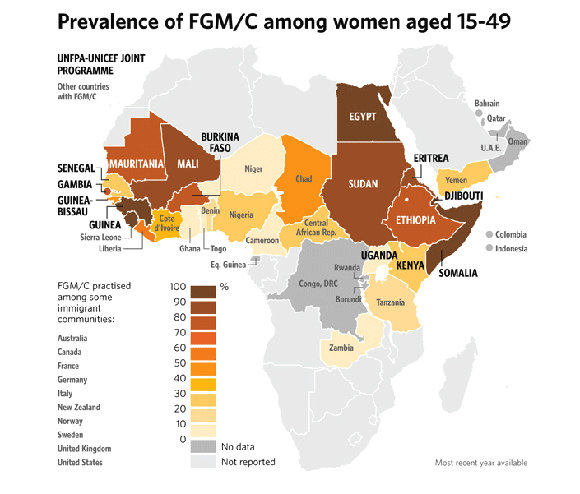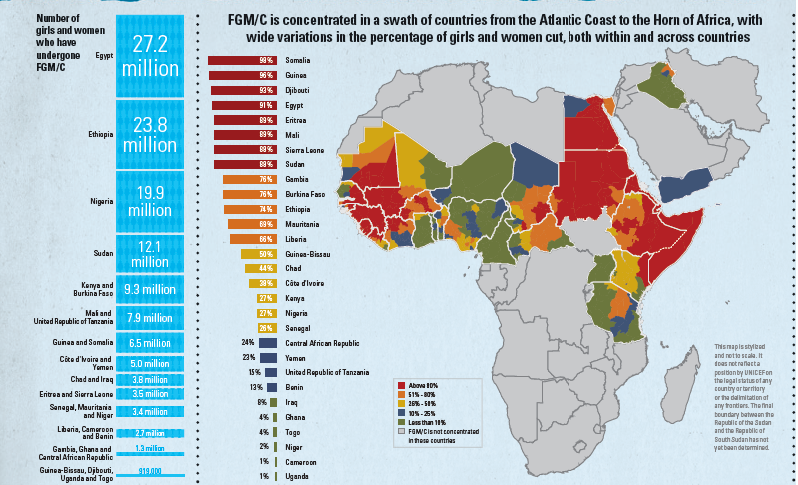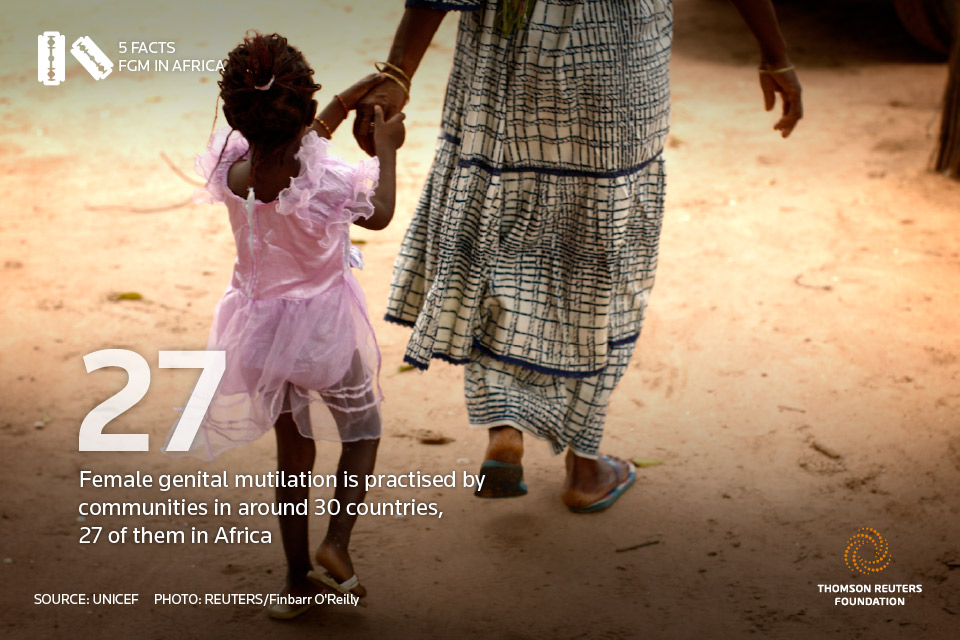Tackling fgm in africa
Table of Contents
Table of Contents
Female genital mutilation (FGM) is a practice that has been prevalent among various communities in Africa for centuries. Despite the efforts of various governments and international organizations to curb it, it persists. In this article, we will explore the origin of FGM in Africa, its target, and the impact it has had.
Pain Points Related to FGM in Africa
In several communities in Africa, FGM is considered a rite of passage that marks the transition from childhood to adulthood. The age at which it is performed varies from community to community, but it often occurs between the ages of 4 and 14. Pain is a significant pain point in FGM as the procedure is usually carried out without anesthesia, and the cutting instruments used are often unsanitary, leading to infections and hemorrhage. This practice has led to the deaths of many young girls and women.
Target of FGM in Africa
The primary target of FGM in Africa is young girls and women. The cultural and social justifications for the practice vary across communities. Some people believe that it reduces a woman’s sexual desire and is necessary for her proper upbringing. Others view it as necessary to keep women “pure” or to make them marriageable. In some communities, FGM is simply a traditional practice that has been passed down from generation to generation without any clear justification.
Summary of Main Points
The practice of FGM in Africa is a deeply ingrained cultural practice that persists to this day. It is primarily targeted at young girls and women and leads to several health issues, including pain, infection, and even death. The cultural and social justifications for FGM vary across communities, but there is no clear evidence that it has any positive benefits for women.
Origin of FGM in Africa and its Target
I am a health worker currently working in rural Kenya. Over the years, I have encountered several cases of young girls who have undergone FGM, and it has always broken my heart. The procedure is usually carried out by traditional birth attendants or other community members with no medical training, making it even riskier. In many cases, the young girls are made to believe that they must undergo FGM to be considered women and are therefore often forced into it.
The practice of FGM in Africa dates back centuries, with records of its occurrence found in ancient Egypt and Sudan. Scholars believe that FGM was brought to Africa through the trans-Saharan trade routes and subsequently adopted by various communities. The practice spread across the continent and has persisted to this day, despite efforts to eradicate it.
Impact of FGM in Africa
The impact of FGM in Africa cannot be overstated. The physical and psychological effects on young girls and women are significant and long-lasting. In addition to the pain and infections caused by the procedure itself, FGM can lead to difficulties with urination, menstrual problems, and sexual dysfunction. It can also cause significant mental health issues, including depression and anxiety. The impact on communities can also be significant, as FGM perpetuates harmful gender norms and can reinforce harmful power imbalances.
Eliminating FGM in Africa
Eliminating FGM in Africa is a complex issue that requires a multifaceted approach. Education and awareness-raising efforts are critical, as many people continue to believe that FGM is a necessary practice. Law enforcement efforts are also essential, as FGM is a crime in many countries. Additionally, empowering young girls and women through education and economic opportunities can help break the cycle of poverty and gender inequality that often leads to FGM.
Conclusion of FGM in Africa
FGM in Africa is a deeply ingrained cultural practice that has persisted for centuries. It is primarily targeted at young girls and women and leads to significant physical and psychological harm. Eliminating FGM in Africa will require a multifaceted approach, including education, law enforcement efforts, and empowering young girls and women. We must work together to eradicate this harmful practice and create a safer, more equitable world for all.
Question and Answer
- What is FGM in Africa?
FGM in Africa is the practice of removing some or all of the female genitalia. - Where is FGM practiced?
FGM is practiced in several countries in Africa, including Somalia, Kenya, and Egypt. - What are the health consequences of FGM?
The health consequences of FGM can be significant and long-lasting, including pain, infection, and difficulty with urination and menstrual cycles. - What is being done to eliminate FGM in Africa?
Various organizations and governments are working to raise awareness about the harmful effects of FGM and to enforce laws prohibiting the practice.
Gallery
From Local Whispers To Global Discussion – Eye On Global Health

Photo Credit by: bing.com / fgm africa global whispers discussion local genital female mutilation who unicef
5 Facts: FGM In Africa
Photo Credit by: bing.com / fgm africa genital mutilation female facts types via different 65bd a230 trust
Fighting FGM - Part 1: Health Kenya/ Health Care Kenya/ Nutrition Kenya

Photo Credit by: bing.com / fgm africa kenya health appears practise think when
FGM_map_Africa_2005 – MOBIEG

Photo Credit by: bing.com / fgm africa map 2005 linkedin email tumblr twitter
Tackling FGM In Africa | Comic Relief

Photo Credit by: bing.com / fgm tackling tolerance marks







